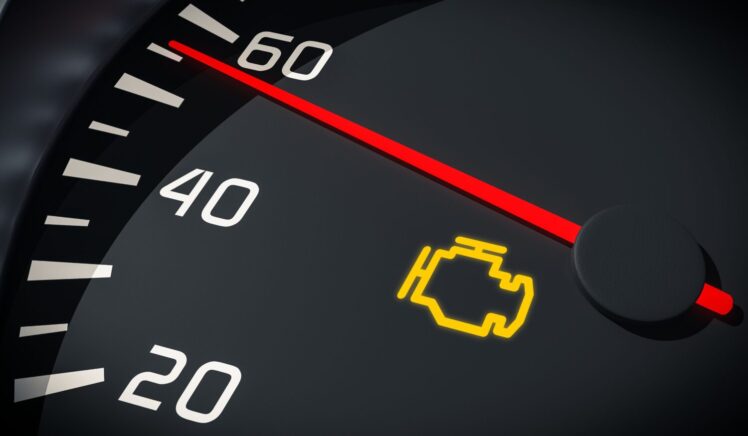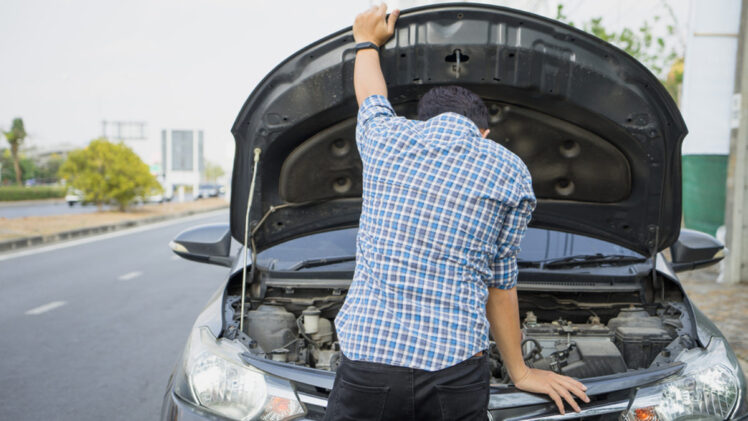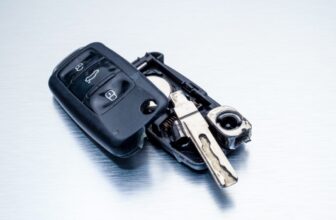5 Things To Do When Your Car Isn’t Working As It Should

The last thing anyone wants to experience when they’re driving is a mechanical issue. For people who are mechanically inclined, it might be easy to take a look at what’s going on and make the necessary fix. But if this isn’t your forte, you might feel a large amount of stress and uncertainty if and when your vehicle breaks down.
Whether you’re just working with your personal vehicle or you have a fleet of vehicles that you’re trying to keep track of, when the vehicle you’re relying on starts acting funny, it can really throw a wrench into your life. Especially if you’re trying to run a business, having mechanical and technical issues can not only be annoying, but it can also cost you a lot of business as well. Luckily, in many cases, there are signs that come along before major issues take place and basic repairs that you can learn how to do so that you can get back on the road as quickly as possible.
To help you in figuring out how to handle these types of situations, here are five things to do when your car isn’t working as it should.
1. Get Yourself To Safety

Source: local21news.com
Different things breaking down or working incorrectly in your vehicle will result in all kinds of different things. But as soon as you notice that something isn’t right, your first move should be to ensure that you’re getting yourself to safety.
If something major appears to be happening or you can no longer drive the car as you normally do, you should seek to pull over to a safe place as quickly as you can. Not only will this help ensure that you don’t cause more damage than what might already be taking place, but it will also ensure that you have a safe place to get out of your vehicle and check things out. But before you step out of the vehicle after you’ve pulled over, make sure that you survey your surroundings and only exit your vehicle if and when it’s physically safe for you to do so. Otherwise, it’s likely going to be safest to call the police or someone else for help, as you don’t want to have to deal with your own injuries of getting hit by a car in addition to your vehicle’s issues.
2. Pay Attention To How Things Look, Feel, And Smell

Source: chipsaway.co.uk
Many times, when something is going wrong within your vehicle, things will start to look, feel, or even smell differently than they normally do. But to recognize this, you first need to get to know your vehicle and what it’s like when things are running smoothly.
One thing that many people wonder is when something warrants getting looked at by a professional mechanic. And as a good rule of thumb, if you’re able to notice something different about your vehicle, be it with the look, feel, or smell, it’s wise to take your car to a professional to see what’s up. You don’t want to ignore something like this, as it could be a sign that something more serious is taking place within your vehicle. This way, you can make sure that everything is fine or that this issue is taken care of before it gets out of hand and becomes something large and expensive that you have to deal with.
3. Learn What Your Check Engine Light Is Trying To Tell You

Source: caranddriver.com
When something bigger is going wrong with your vehicle, one thing that will usually happen is that your check engine light will come on. So if you noticed this as you were driving, you can get a decent amount of information about what could be going on, at least generally. The trick here is knowing what your check engine light means and what it’s trying to tell you.
In general, if your check engine light is red or blinking, that usually means that something more extreme is going wrong with your vehicle. In these cases, you’ll want to drive as little as possible but get your vehicle into a mechanic as soon as you can. If you’ve already safely pulled over, you may even want to call a tow truck to help you get to someone who can help with your car.
On the other hand, if the light is yellow or orange and is staying on solidly, that usually means the issue isn’t an emergency. And while you still won’t want to ignore it, you can usually rest a little easier in these situations. If you drive a bit more without getting things checked out or wait a day or two to bring your car in, there’s a better chance that things will still turn out okay for you.
4. Troubleshoot Some Basic Vehicle Issues

Source: cashcarsbuyer.com
Even if you’re not someone who knows a lot about cars, there are some basic things that you can look at in or on your vehicle so that you can see if a small repair can be made and help you get back on the road. Some of the best places to examine yourself include things like your tires and the cables and hoses under your hood. And even if you don’t know how to make these repairs, being able to tell someone else where you think the issue is coming from can be helpful in getting you back on the road quickly.
5. Stop By An Auto Parts Store
If you’re worried about paying for services with a mechanic and you can’t find anything visibly wrong when you check things out yourself, one option you have is to visit an auto parts store to see what’s going wrong, especially if your check engine light is on. They can usually tell you what the issue is through a computer so that you can make a better decision about how to proceed with repairs.
If you’ve noticed that your car isn’t working as it should be when you’re driving or your check engine light has come on, consider using the tips mentioned above to help you know what to do now.





